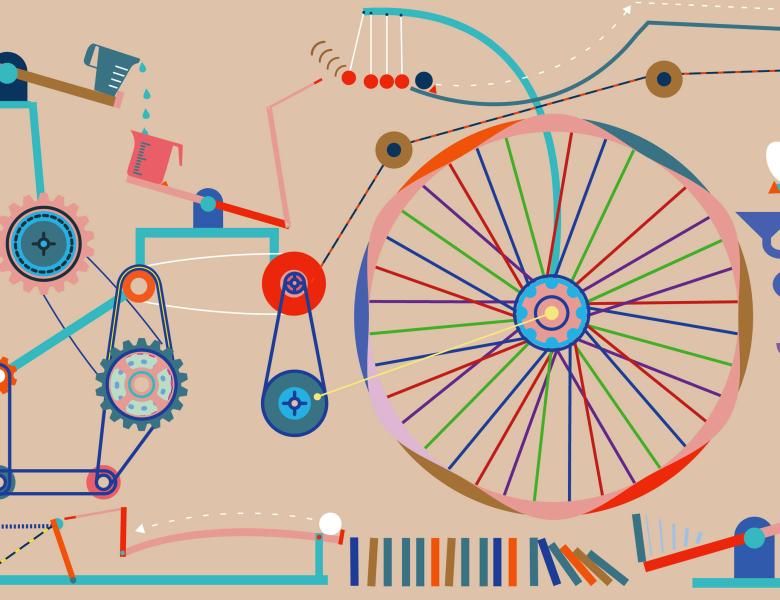
Abstract
A longstanding objective in the field of quantum foundations is to obtain a satisfactory realist interpretation of quantum theory. A particular take on this question (inspired in part by the framework of causal inference) is that such realism is achieved just in case one can provide a satisfactory causal explanation of statistical correlations. Bell’s theorem, however, demonstrates that certain quantum correlations resist explanation under seemingly natural assumptions about the causal structure and the nature of the parameters in the causal model. There are consequently two types of proposal for how to provide a causal account of a Bell experiment: (i) those that are parametrically conservative and structurally radical, such as causal models where the parameters are conditional probability distributions (termed 'classical causal models') but where one posits inter-lab causal influences or superdeterminism, and (ii) those that are parametrically radical and structurally conservative, such as models where the labs are taken to be connected only by a common cause but where conditional probabilities are replaced by conditional density operators (a quantum generalization of the notion of a causal model). In this talk, I will describe a proposal for how to adjudicate between these causal models. On the theoretical side, this is achieved by appealing to a methodological principle endorsed by Leibniz and Einstein concerning the interplay between empirical observations and the ontological theory that aims to explain them. On the experimental side, this is achieved by comparing the relative predictive power of the causal models using a train-and-test approach to statistical model selection.


